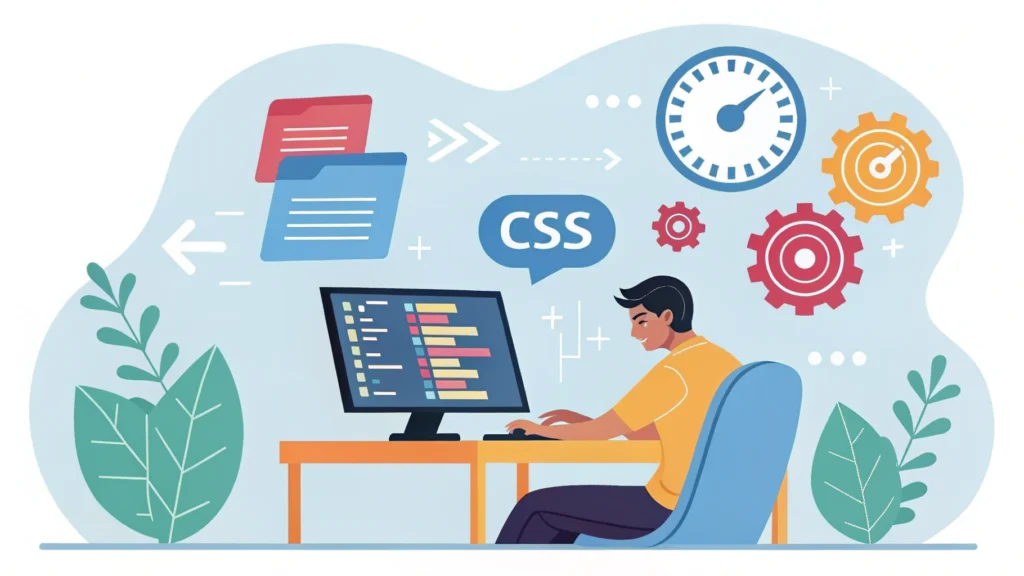Introduction to Web App Development
Web app development is a dynamic field that encompasses various methodologies and technologies aimed at creating responsive, user-friendly applications accessible via the web. With the rise of mobile usage and cloud computing, web apps have become a critical component of modern software solutions.
Understanding the Basics
Before diving into the development process, it’s essential to grasp the fundamental concepts:
- Front-end Development: This involves everything that users interact with directly. It includes the layout, design, and user experience.
- Back-end Development: This focuses on server-side logic and database management, ensuring that everything runs smoothly behind the scenes.
- Full-stack Development: A combination of both front-end and back-end development, full-stack developers manage both aspects of a web application.
Step-by-Step Guide to Web App Development
Step 1: Define Your Idea
Start by identifying the problem your web app will solve. Conduct market research to validate your idea and understand your target audience.
Step 2: Choose the Right Technology Stack
Consider the tools and technologies you’ll need. Here are some popular options:
- Front-end: HTML, CSS, JavaScript, frameworks like React, Angular, or Vue.js.
- Back-end: Languages like Node.js, Python, Ruby, or PHP, and databases like MySQL, MongoDB, or PostgreSQL.
Step 3: Prototyping
Create wireframes and prototypes of your application. Tools like Figma and Adobe XD can be useful for visualizing the layout and user interface.
Step 4: Development
Begin coding your application based on the prototypes. Here’s a simple example of how you might set up a basic Express.js server:
const express = require('express');
const app = express();
const PORT = process.env.PORT || 3000;
app.get('/', (req, res) => {
res.send('Hello, World!');
});
app.listen(PORT, () => {
console.log(`Server is running on http://localhost:${PORT}`);
});
Step 5: Testing
Testing is crucial. Use automated testing tools and frameworks like Jest or Mocha for JavaScript apps, and Selenium for end-to-end testing. Make sure to test for functionality, usability, and security.
Step 6: Deployment
Once your app is tested, it’s time to deploy it. You can use services like Heroku, AWS, or Vercel. Ensure that your application is responsive and runs smoothly on various devices.
Step 7: Maintenance and Updates
After launching your app, keep an eye on user feedback and analytics. Regularly update your app with new features and security patches.
Useful Tools for Web App Development
Here are some essential tools to enhance your web development process:
- CSS Minifier: Optimize your CSS files for better performance.
- JS Minifier: Reduce the size of your JavaScript files.
- Meta Tag Generator: Simplify the creation of SEO-friendly meta tags.
- Button Generator: Create attractive buttons for your web app.
FAQs About Web App Development
What is the difference between a web app and a website?
A web app is an interactive application that performs functions and tasks, while a website typically presents information without the same level of interaction.
Do I need to learn coding to develop a web app?
While coding knowledge is beneficial, there are many no-code and low-code platforms available that allow you to create web apps without extensive programming skills.
What are the common programming languages used in web app development?
Common languages include HTML, CSS, JavaScript for front-end, and Python, Ruby, PHP, or Node.js for back-end development.
Conclusion
Web app development is an iterative process that requires creativity, technical skills, and a user-centered approach. By following the steps outlined in this guide, you can create robust and efficient web applications that meet user needs. For more tools and resources, check out WebToolsLab.
